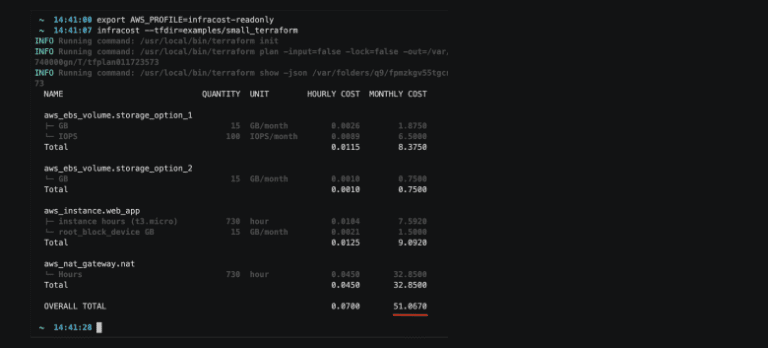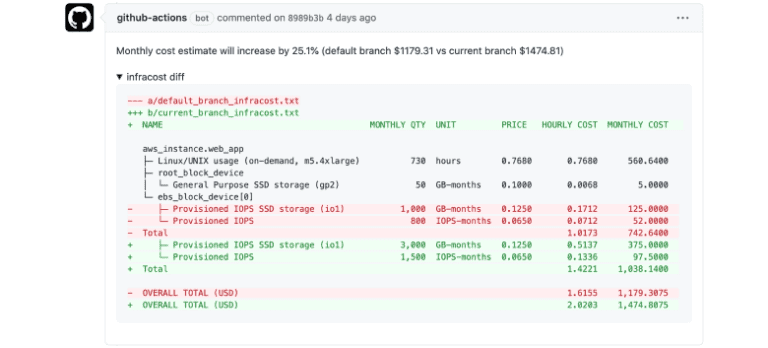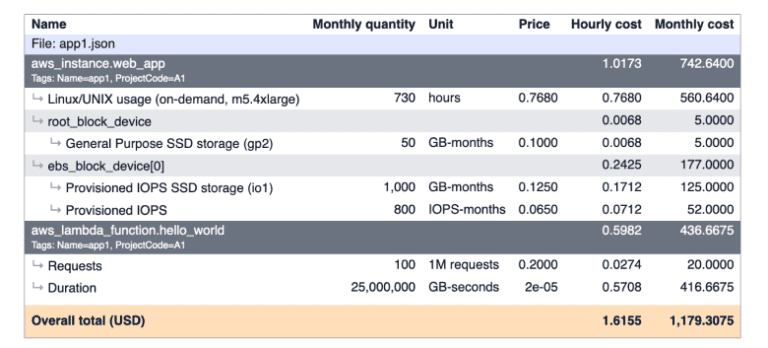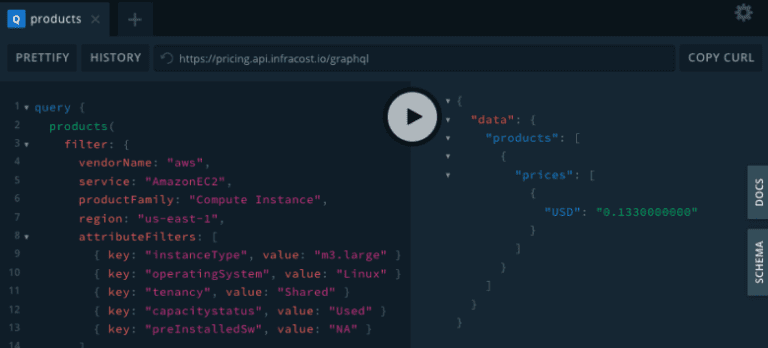GitHub stars matter! Here is why
As Infracost has hit 3,000 GitHub stars 🎉, I wanted to share some thoughts as to why GitHub stars matter.
Why do people star repos?
There are two main reasons why people star GitHub projects:
- Bookmarks: some people star GitHub repos to bookmark them for later use. For example I can see the repos I’ve starred1 and search within them for a keyword or sort them by how recently I starred them, or how active the project has been recently.
- Show support or appreciation: others star repos to show support or appreciation, similar to how “likes” are used in social media sites. This is a social signal, and it’s very important in the very early stages of open source projects, acting as a feedback loop for project creators. Knowing that other people have seen the project and cared enough to click on the Star button can create motivation for the creators to continue working on the project initially.
The latter is why I personally star projects. Regardless of whether I’ve used the project in the past, using it just now, plan to use it, or think it’s a cool idea, I want the project creator to know that I like what they’re doing. Terraform and Pulumi are projects that I recently starred to show support.
Benefits of repo stars
The main benefit of repo stars is creating confidence and a good first impression of the project. That in turn helps with the project getting users, and to a lesser extent contributors.
A 2018 academic research survey of over 700 developers found that “three out of four developers consider the number of stars before using or contributing to GitHub projects”2. GitHub stars are not the only metric that matters though. A project’s activity level, for example its last release or commit, and its ease of use, for example the quality of its documentation, are also important factors in helping projects get users.
I say to a lesser extent as contributing, by creating a GitHub issue or submitting a pull request, requires significantly more effort than starring a repo. People who only star a repo are probably not yet active community members but they might become active in the future. This is why the Orbit Model classifies them as Observers3, as they can act as the top-of-funnel for growing users and contributors.
In addition to helping projects get users, GitHub stars can help the project creators meet investors who are familiar with open source. Early on in Infracost’s journey, we were surprised to get cold emails from VCs congratulating us on our star count. After speaking with a few, it became clear that they either had systems in place to monitor stars4, or had analysts who reviewed Trending Repos on GitHub for potential investment opportunities5. Some have gone even further. For example, the VC firm Runa Capital, who invested in Nginx and MariaDB, has started to track the fastest growing open source startups using GitHub stars and forks. Infracost was recently placed 5th on the ROSS Index6.
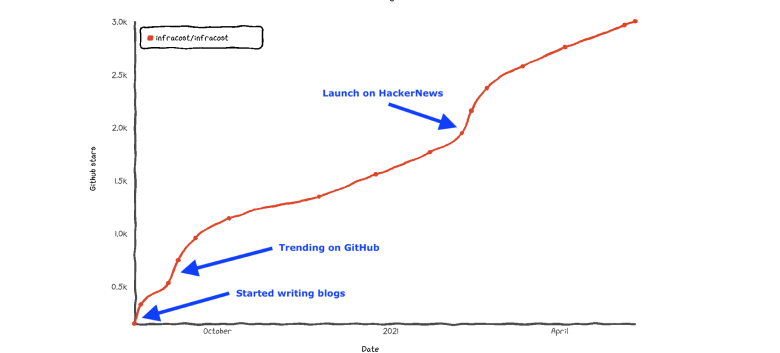

Future of GitHub stars
A16Z’s Martin Casado thinks that there is a big trend towards bottom-up strategies in business-to-business (B2B) software that will shape the entire B2B landscape in the next 10 years7. I wonder if in the same way that social media influencers are changing how products are marketed and sold, GitHub influencers (someone with many GitHub followers) will change how enterprise software is marketed and sold? Developer Advocates are currently using Twitter and LinkedIn, but GitHub has a “follow” and a “status update” feature too. Will those remain as a simple way to get updates on code-related activities? Or could they be extended to enable GitHub influencers to post their demos, talks and blogs into the GitHub activity feed? Will companies be able to buy ads on GitHub and promote their open source projects?
Over to you – what have you learnt about GitHub stars, and how do you think they’ll change in the future? I hang out on Twitter…
- https://github.com/alikhajeh1?tab=stars, this is a public page, so you can see the repos that any GitHub user has starred.
- H. Borges and M. Tulio Valente, “What’s in a GitHub Star? Understanding Repository Starring Practices in a Social Coding Platform,” Journal of Systems and Software, vol. 146, pp. 112–129, 2018.
- The Orbit Model is implemented via the Orbit product, which can be used to measure and grow open source communities.
- Openbase (closed down) helps developers choose the right JavaScript package with more languages coming soon.
- https://github.com/trending, Infracost has hit the Go trending page a few times.
- https://runacap.com/ross-index/, Infracost was placed 5th in the fastest-growing open-source startups in Q4 2020.
- Growth, Sales, and a New Era of B2B


